In the age of bulk grocery shopping and freezer-friendly meal planning, it’s not uncommon to have an assortment of stored frozen meats in our freezers. As time passes, many of us may encounter the inevitable question: Is it safe to eat 2 year old frozen meat? The frozen meat in question may not look any different from when it was first stored, leading us to wonder if it is still fit for consumption. As this concern arises, it is essential to understand the factors contributing to frozen foods’ safety, quality, and shelf-life to make an educated decision. In this article, we will delve into frozen meats, exploring the guidelines and regulations set by food safety agencies and experts to ensure that you are well informed and can easily navigate your frozen food storage.
Does Freezing Meat Kill Bacteria?
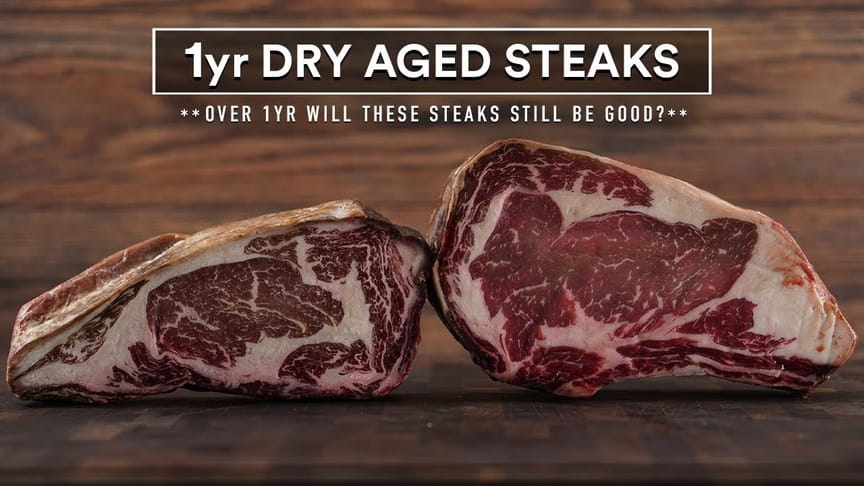
Freezing meat is a common way to preserve it for later use, but does it kill bacteria? According to scientific studies, freezing does not necessarily kill all the bacteria present in meat. Although it can slow down the growth of some bacteria, they can still be active once the meat is thawed.
Rather than killing bacteria, freezing simply puts them into a state of hibernation until the meat is thawed. This means that, while freezing can keep bacteria at bay, it is unreliable for eliminating dangerous bacteria like E.coli or salmonella.
Can You Eat Two-Year-Old Frozen Meat?
According to the USDA, frozen meats are safe if consistently stored at 0 degrees Fahrenheit. This means that, in theory, a two-year-old frozen meat should be safe to eat.
However, it is important to note that while frozen meat may still be safe to consume, it may no longer be the best quality. The meat may be dried or freezer-burned, negatively affecting taste and texture. Before consuming frozen meat stored for an extended period, a visual inspection is recommended to ensure it still appears fresh and free of excessive browning or breakdown.
Is It Safe To Eat 2 Year Old Frozen Meat?
The answer is yes for those wondering about the safety of eating 2 year old frozen meat! Frozen meats stored at 0 degrees are safe to eat indefinitely, at least in theory.
However, it is important to note that just because something is safe to consume doesn’t mean it will still taste as fresh and delicious as it did on a snowy day. It is recommended to do a visual inspection before preparing the meat to check for excessive browning or texture breakdown. Additionally, it is essential to properly store the meat in a high-quality freezer that maintains the correct temperature.
What Are The Risks Associated With Eating Old Frozen Meat?
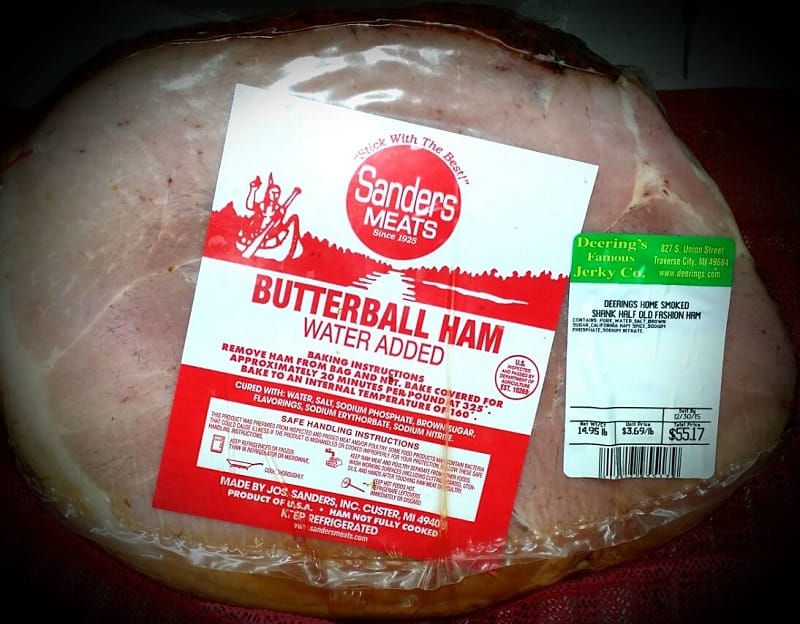
As a meat lover, I have always kept a stock of frozen meat in my freezer. It’s convenient and helps me save money by buying in bulk. However, I’ve also come across situations where I’ve forgotten about certain meats in the freezer and found them months later. This raises the question: What risks are associated with eating old frozen beef?
Let me start by stating that eating old frozen meat is not recommended. The longer the meat stays in the freezer, the more prone it is to freezer burn, which can cause unpleasant changes in the texture and flavor of the meat. In addition, the longer the meat is frozen, the more it is susceptible to bacterial growth.
Bacterial growth can lead to foodborne illnesses, which can cause severe health problems. The most common bacteria that can grow in old frozen meat are E. coli, Salmonella, and Listeria. These bacteria can cause symptoms like nausea, vomiting, diarrhea, and fever.
It’s important to note that the risk of foodborne illnesses increases as the meat thaws. When meat is frozen, the bacteria are dormant, but as it thaws, the bacteria can start to grow and multiply. This is why it’s important to thaw meat properly, either in the refrigerator or in a microwave, before cooking it.
You may wonder how long it is too long to keep frozen meat. The answer to that question depends on the type of meat and how it is stored. Frozen meat can last up to 6 months in a standard freezer and 12 months in a deep freezer.
However, if the meat has been stored in a freezer that has experienced power outages or temperature fluctuations, it may be unsafe to eat even if frozen for less than 6 months. If you’re unsure about the safety of your frozen meat, it’s always better to err on the side of caution and discard it.
Related Reading:
What Is The Recommended Storage Temperature For Frozen Meat?
Keeping frozen meat at the right temperature is essential for maintaining its quality and safety. The recommended storage temperature for frozen meat is 0°F (-18°C) or below. This temperature ensures that the meat remains frozen and prevents the growth of harmful bacteria that can cause foodborne illnesses. Home freezers should be set to this temperature or lower, and it’s important to monitor the temperature using an appliance thermometer to make sure it stays consistent.
What Are The USDA Guidelines For Freezing Meat?
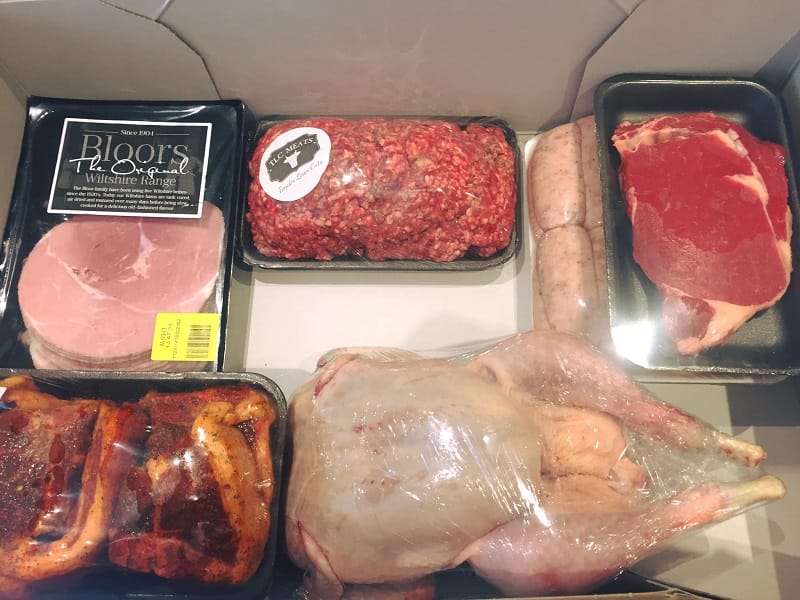
The USDA recommends that you freeze meat at 0°F or lower. This temperature helps to prevent the growth of harmful bacteria that can cause food poisoning.
When preparing meat for freezing, it’s important to wrap it tightly to prevent freezer burn. Freezer burn occurs when the surface of the meat is exposed to air, causing it to dry out and develop a tough texture.
You can use plastic wrap, aluminum foil, or freezer paper to wrap your meat. Make sure to label the package with the date it was frozen, so you can track how long it’s been in the freezer.
Speaking of which, the USDA recommends keeping frozen meat for a certain amount of time. Here are their guidelines:
- Ground meat (beef, pork, veal, lamb): 3-4 months
- Beef, veal, lamb (steaks, roasts): 6-12 months
- Pork (chops, roasts): 4-6 months
- Poultry (chicken, turkey): 6-9 months
It’s important to note that these are just guidelines – if your meat looks or smells off when you thaw it, it’s best to throw it away.
When you’re ready to thaw your meat, the best way to do it is in the refrigerator. This allows the meat to defrost slowly and evenly, which helps to preserve its texture and flavor.
Never thaw meat at room temperature, as this can allow harmful bacteria to grow. And never refreeze meat that has already been thawed, as this can also increase the risk of foodborne illness.
By following these guidelines, you can safely freeze meat and enjoy it later on without any worries. So go ahead and stock up on your favorite cuts – make sure to freeze them safely!
How Long Can Meat Be Safely Stored In The Freezer?
When storing meat in the freezer, there are some guidelines to keep in mind.
- A whole, raw chicken can last in the freezer for up to a year, while cured and cooked beef hot dogs are best frozen for one to two months.
- Uncooked meat can generally be stored in the fridge for three to five days, although exceptions exist.
- Ground meat and raw steaks can be stored in the freezer for six to 12 months, while chops and roasts can last for four to six months.
- Fully cooked meats like ham, sausage, and bacon can be frozen for up to two months, while uncooked beef, poultry, and pork can last up to a year.
It’s important to note that while frozen foods are safe to eat indefinitely, they may not taste as good after a certain time. To maintain the best quality, it’s recommended to use uncooked meat within four to 12 months and cooked meat within two to three months of freezing.
Signs That Your Frozen Meat Has Gone Bad?
Have you ever experienced opening your freezer and finding a bad odor from your frozen meat? It’s not a pleasant experience and can be dangerous if you’re not careful. Here are some signs that your frozen meat has gone bad:
- Foul Odor – The smell is the first and most obvious sign that your frozen meat has gone bad. If it smells sour, rancid, or just plain bad, then it’s time to throw it out. The smell indicates that the bacteria have already started to break down the meat.
- Change in Appearance – Another sign that your frozen meat has gone bad is the change in appearance. If the meat looks discolored, has a slimy texture, or has started to develop freezer burn, it’s time to toss it. Freezer burn is a tell-tale sign that the meat has been exposed to air and has started to dehydrate.
- Texture – The texture of the meat can also indicate whether it has gone bad. If the meat feels mushy or sticky, then it’s time to throw it out. A good piece of frozen meat should be firm and not leave residue on your fingers.
- Expiration Date – Always check the expiration date before buying or consuming frozen meat. Even though it’s frozen, it can still go bad if it’s past its expiration date.
- Taste – If you’re unsure whether your frozen meat has gone bad, you can always do a taste test. If it tastes off, sour, or rancid, then it’s time to throw it out.
What Are The Common Signs Of Freezer Burn On Frozen Meat?

Freezer burn occurs when the moisture in the meat evaporates and crystallizes, leaving the meat dry and discolored. Today, I’ll share some common signs of freezer burn on frozen meat.
One of the most obvious signs of freezer burn is the appearance of white or grayish spots on the meat. The crystallization of the moisture in the meat causes these spots. They can be small or large and appear anywhere on the meat. If you see these spots, cutting them off before cooking the meat is best.
Another sign of freezer burn is a change in texture. Frozen meat affected by freezer burn will be dry and tough. It may also have a grainy or chalky texture. If you notice that your frozen meat has a different texture than when you first put it in the freezer, it may be freezer burned.
Freezer-burned meat may also have a strange odor. It won’t necessarily smell bad but smells different from fresh or properly frozen meat. If you notice an unusual odor, it’s best to err on caution and discard the meat.
Finally, freezer-burned meat may have a different taste. It won’t necessarily taste bad, but it may be less flavorful than fresh or properly frozen meat. If you’re unsure about the taste of your frozen meat, it’s best to cook a small amount first to see if it’s still good.
How Does Freezer Burn Affect The Safety Of Frozen Meat?
When it comes to frozen meat, freezer burn can affect the quality but not the safety of the food. Freezer burn happens when moisture evaporates from the meat, leaving dry, discolored spots behind. While this may affect the meat’s taste, texture, and appearance, it does not make eating unsafe. The meat may be tougher, drier, and less flavorful, but it is still safe to consume. To ensure the best quality, it is recommended to trim away any freezer-burned parts before cooking.
So the next time you come across freezer-burned meat in your freezer, don’t be too quick to throw it out – it is still perfectly safe.
How to Thaw Frozen Meat?
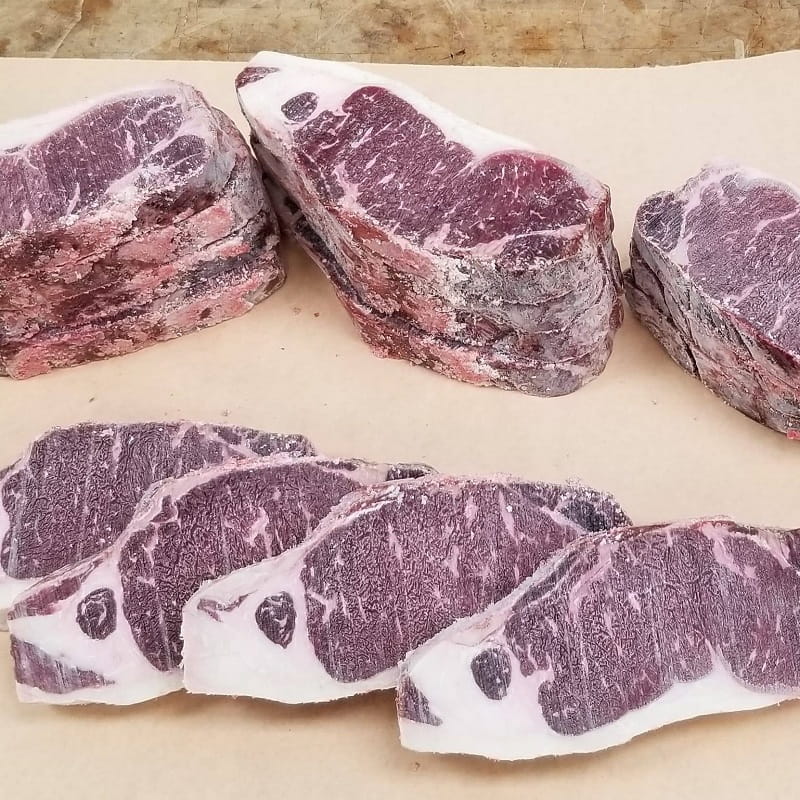
Thawing frozen meat can be daunting, especially if you’re unsure how to do it properly. But fear not because I’m here to guide you through the four most common methods of thawing frozen meat.
Thawing Frozen Meat Inside the Fridge
Thawing frozen meat inside the fridge is the safest and most recommended method. Take the frozen meat out of the freezer and place it in a container or on a plate inside the fridge. Make sure to put it on the bottom shelf to prevent juices from dripping onto other food items. Allow the meat to thaw slowly in the fridge for several hours or overnight, depending on size.
In the Microwave
If you’re in a hurry, you can also thaw frozen meat in the microwave. Place the meat in a microwave-safe dish and use the defrost setting on your microwave. It’s important to note that this method can partially cook the meat, so it’s best to use it immediately after thawing.
Thawing Frozen Meat with Water
Another quick method for thawing frozen meat is to place it in a sealed plastic bag and submerge it in cold water. Ensure the water is changed every 30 minutes to prevent the meat from becoming too warm. This method is faster than thawing in the fridge but requires more attention and care.
On the Counter
Thawing frozen meat on the counter is not recommended as it can increase the risk of bacteria growth. However, if you must use this method, place the meat in a leak-proof container and leave it for no longer than two hours. It’s important to cook the meat immediately after thawing to ensure it’s safe.
In conclusion, there are several methods for thawing frozen meat, but the safest and most recommended method is to thaw it inside the fridge. However, if you’re in a hurry, you can use the microwave or cold water method. Just remember to use caution and always cook the meat immediately after thawing to prevent the growth of harmful bacteria.
Deep Freezer vs. Stand-up Freezer
I’ve always been curious about the differences between deep and regular freezers when preserving meat. So, I decided to research and share my findings with you.
First, it’s important to understand the basic differences between a deep freezer and a regular freezer. A deep freezer, also known as a chest freezer, typically has a larger storage capacity and can maintain a much lower temperature than a regular upright freezer. This means it can keep your food frozen at -18°C or below, while a regular freezer usually maintains a temperature of around -15°C.
Now, the big question is: does this difference in temperature and storage space affect the quality of meat preservation? The answer is a resounding yes.
Regarding meat preservation, the lower the temperature, the better. Freezing meat at a temperature of -18°C or below helps to slow down the growth of bacteria, which can cause spoilage and food-borne illnesses. This is why it’s recommended to freeze meat as soon as possible after purchasing or preparing it.
A deep freezer is able to maintain this low temperature more effectively than a regular freezer, which means that meat stored in a deep freezer will stay fresher for longer. In fact, meat stored in a deep freezer can last up to a year, while meat stored in a regular freezer may only last up to six months.
In addition to temperature, the storage space of a deep freezer also plays a role in meat preservation. A deep freezer allows for better organization and less crowding, which can help prevent freezer burn and maintain the quality of the meat.
So, if you’re serious about preserving the quality of your meat, investing in a deep freezer is worth considering. Not only will it keep your meat fresher for longer, but it also provides more storage space and better organization.
In conclusion, the difference between a deep freezer and a regular freezer may seem small, but when it comes to meat preservation, it can make a big difference. The lower temperature and larger storage space of a deep freezer make it the better choice for keeping your meat fresh and delicious.
FAQs
Can Frozen Meat Be Safely Consumed After Its Expiration Date?
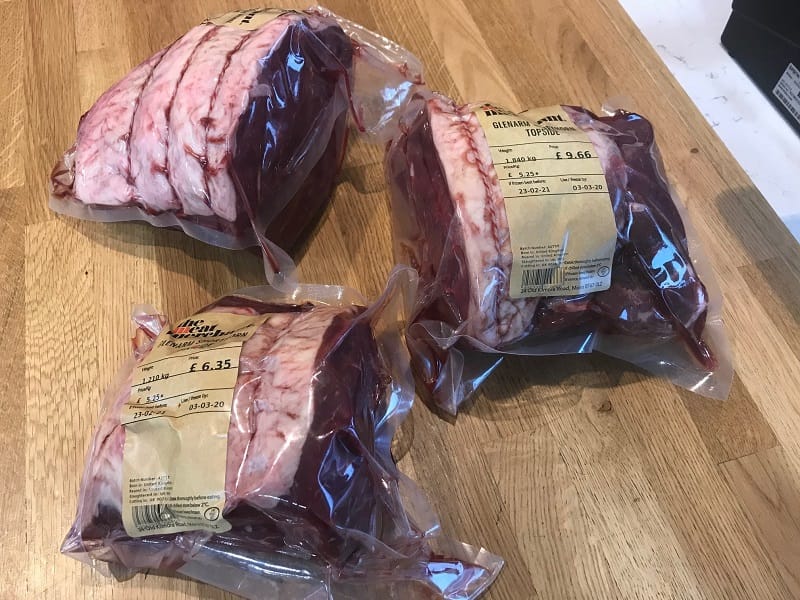
If you’re worried about eating frozen meat past its expiration date, there’s good news: it’s generally safe to consume. Freezing can keep food safe for an extended period, making it less likely to spoil or develop harmful bacteria. However, it’s important to note that the quality of the meat may not be as high as it would be if it were consumed before the expiration date.
Roasts, for example, can still taste great after being frozen for up to 12 months, but ground meat should be used within three to four months.
Storing frozen meat properly in a well-wrapped package ensures it stays safe and fresh-tasting. So next time you come across frozen meat past its expiration date, don’t be afraid to try it!
Does The Type And Cut Of The Meat Affect Its Safety After Two Years Of Freezing?
The type and cut of the meat do play a role in its safety. While frozen meat kept at 0°F or lower is technically safe to eat, consuming the meat within a designated period is recommended for optimal quality.
- Ground meats have the shortest freezer shelf life at three to four months, while uncooked meats may preserve their quality for one to twelve months.
- Cooked cuts of pork should only be kept frozen for two to three months to maximize quality.
However, fresh meat remains almost the same food value and flavor after proper freezing. It is important to keep in mind that freezing and thawing are complex processes that involve heat transfer as well as microbial growth.
Overall, while the type and cut of the meat may affect its safety after two years of freezing, it is generally recommended to consume frozen meat within a certain timeframe for the best quality.
Can Thawed Meat Be Frozen Again?
According to the USDA, it is safe to refreeze thawed meat as long as it is initially thawed in the refrigerator and stored properly. However, the meat may lose some quality due to moisture loss, but it will be safe for consumption. It’s important to note that meat should never be thawed at room temperature, and any foods left outside the refrigerator longer than 2 hours should not be refrozen.
So, if you are unsure whether to use your thawed meat, rest assured that it can be refrozen as long as proper precautions are taken.
Is It Safe To Consume Meat That Has Been Frozen And Thawed Multiple Times?
The answer is yes; it is safe to do so, provided it has been appropriately handled. It’s important to thaw meat in the refrigerator, not on the kitchen counter, where it can reach unsafe temperatures. Additionally, once the meat has been thawed, it should be cooked to a safe minimum internal temperature before refreezing. While there may be some loss of quality, eating refrozen meat is perfectly safe and can be a convenient way to save money and reduce food waste.
Conclusion
In conclusion, it is safe to eat 2 year old frozen meat as long as it has been properly stored and handled and there are no signs of freezer burn or packaging damage. As with any food, it’s important to use common sense and follow proper food safety practices to minimize the risk of illness.
References:
- https://www.healthline.com/health/can-i-still-eat-it-meats#Freezer-storage-guidelines
- https://www.ncbi.nlm.nih.gov/pmc/articles/PMC4662152/
- https://www.webmd.com/diet/what-to-know-freezer-burn-meat
- https://www.womansday.com/food-recipes/food-drinks/a51056/how-long-can-meat-stay-safely-frozen/

Hey readers! Chip Holland here, and I’m a Manager of this website. My passion for writing about it only matches my passion for BBQ. Follow my blog for mouth-watering recipes, tips, and tricks for the perfect smoke, grill, and BBQ. I’m sure you won’t be disappointed!
